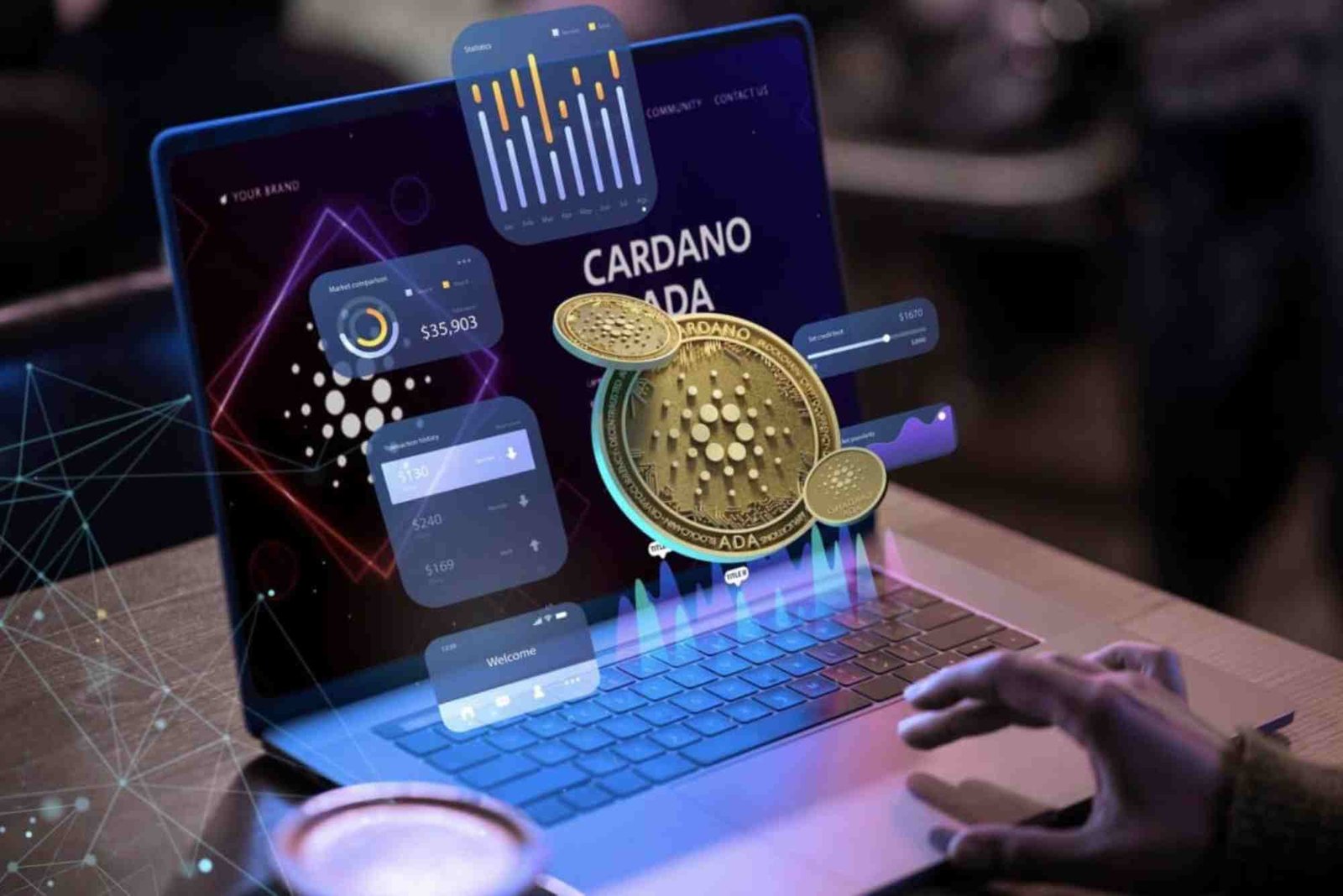Introduction
Mining cryptocurrency solo can be both rewarding and challenging. Unlike pool mining, where multiple miners combine their power to share rewards, solo mining means relying solely on your own setup, skills, and patience. If done right, it can bring higher profits and give you full control over your mining operations. In this detailed guide, you’ll discover everything you need to know about How To Mine Cryptocurrency Solo Checklist (Step-By-Step Guide)—from setting up hardware to optimizing your mining environment for efficiency and success.
Understanding Solo Mining
Before jumping into solo mining, it’s essential to understand what it means and how it differs from pool mining. In solo mining, you independently try to solve cryptographic puzzles to validate transactions and add new blocks to the blockchain. When successful, you receive the entire block reward without sharing it with anyone. However, the process requires strong computing power, technical setup, and patience since the probability of finding a block on your own can be low.
Solo mining is ideal for advanced users who want to fully control their hardware and software while keeping all the profits. Beginners, on the other hand, should first understand cryptocurrency basics to grasp the fundamental technology behind blockchain, cryptographic algorithms, and digital currencies.
Choose the Right Cryptocurrency to Mine
Not every cryptocurrency is ideal for solo mining. Some coins, like Bitcoin, require massive computational power that only large mining farms can handle efficiently. However, many altcoins such as Litecoin, Monero, Ethereum Classic, and Dogecoin still offer reasonable solo mining opportunities.
When selecting a cryptocurrency, consider these key factors:
-
Network difficulty: The higher the difficulty, the harder it is to find a block.
-
Block reward: The amount of crypto you receive for mining a block.
-
Hardware compatibility: Ensure your mining hardware supports the coin’s algorithm.
-
Profitability: Use mining calculators to estimate potential returns after deducting electricity costs.
Selecting a coin with moderate network difficulty and stable market value increases your chances of consistent earnings while mining solo.
Set Up Your Mining Hardware
Mining success depends heavily on hardware performance. You’ll need powerful equipment capable of running continuously without overheating or crashing.
For Proof-of-Work coins, there are two common hardware setups:
-
ASIC miners (Application-Specific Integrated Circuits): These are designed for specific algorithms and offer high efficiency and hash rates but are expensive.
-
GPU rigs (Graphics Processing Units): GPUs offer flexibility for mining multiple coins and can be assembled using consumer-grade parts.
When setting up your rig, ensure proper cooling and ventilation to maintain stable performance. Overheating can reduce efficiency and lifespan. Regularly monitor temperature and fan speeds to prevent hardware failure.
Install and Configure Mining Software
Once your hardware is ready, you need the right mining software to connect your device to the blockchain. Each coin requires compatible software. Popular options include CGMiner, BFGMiner, and EasyMiner.
Follow these steps to configure your mining software:
-
Download and install the correct version for your operating system.
-
Enter your cryptocurrency wallet address to receive rewards.
-
Configure the software to mine solo rather than join a pool.
-
Input the blockchain node address to connect directly.
Many miners prefer to run their own full node for solo mining. This means downloading the entire blockchain to your system, which can take time but ensures full control and security.
Create and Secure Your Wallet
You’ll need a secure digital wallet to store the rewards you earn. Wallets come in various forms:
-
Software wallets: Convenient for frequent transactions but vulnerable to hacking.
-
Hardware wallets: Physical devices that store crypto offline, offering high security.
-
Paper wallets: Printable versions of your private keys, safe from online threats but easy to misplace.
Always back up your wallet credentials and store them in multiple secure locations. Use two-factor authentication and avoid sharing your private keys with anyone. Security is critical since losing your wallet credentials means permanently losing your mined coins.
Connect to the Blockchain Network
To mine solo, you need to connect your mining software directly to the blockchain network. This is done by running a node. Running a node means your system verifies transactions independently without relying on third-party services.
Once your node is fully synchronized with the network, your mining software can start processing transactions and searching for valid blocks. The first synchronization can take hours or even days, depending on the blockchain’s size, but it’s a one-time setup for solo miners.
Start Mining
Now that your setup is ready, you can start the mining process. Activate your mining software, and it will begin performing complex mathematical calculations to find the next block. If you successfully find a block, the blockchain rewards you directly.
Be aware that solo mining doesn’t guarantee steady rewards. It may take days, weeks, or even months before you find a block. However, the full reward goes directly to your wallet, making it a high-risk but high-reward process.
Monitor Performance and Optimize
Mining efficiency depends on how well you manage performance and energy use. Monitor metrics such as hash rate, temperature, and power consumption. Use software tools like MSI Afterburner to track GPU performance or built-in ASIC dashboards to manage operations.
Regular maintenance ensures smooth operation. Update software, clean hardware components, and replace thermal paste periodically. Optimizing voltage and clock speeds can balance performance and power efficiency, reducing electricity bills while maintaining high output.
Calculate Profitability and Adjust Strategy
Solo mining profitability can fluctuate with market prices and network difficulty. Regularly review your earnings versus operational costs. Use profitability calculators to estimate returns and identify when it’s time to switch to another coin or upgrade hardware.
Electricity costs play a huge role in profitability. Consider using renewable energy or mining during off-peak hours if your utility provider offers lower rates at certain times. Small adjustments can lead to significant long-term savings.
Benefits of Solo Mining
Solo mining offers several advantages:
-
Full ownership of rewards: You keep 100% of the mined coins.
-
Complete control: No dependency on pool operators or third-party servers.
-
Enhanced privacy: Transactions and operations remain within your own system.
-
Technical learning: You gain hands-on experience in blockchain infrastructure and mining mechanics.
Solo mining may not be suitable for everyone, but for tech enthusiasts and experienced miners, it provides valuable insights into how blockchains function internally.
Common Mistakes to Avoid
Many beginners make avoidable mistakes when starting solo mining. Avoid these pitfalls:
-
Choosing high-difficulty coins: This drastically lowers your chances of success.
-
Ignoring hardware maintenance: Overheating can lead to costly repairs.
-
Neglecting security: Failing to secure wallets or private keys leads to irreversible losses.
-
Skipping profitability analysis: Without cost-benefit calculations, mining can quickly become unprofitable.
Learning from others’ mistakes can save time, money, and frustration.
Expert Tips for Solo Miners
To increase your chances of success:
-
Keep your system running 24/7 with reliable power backup.
-
Use monitoring software to track performance remotely.
-
Join online solo mining communities to share experiences.
-
Diversify your mining portfolio by testing different coins.
For more insights, you can learn more about how to mine cryptocurrency solo with detailed examples and advanced optimization techniques.
FAQs
Is solo mining still profitable in 2025?
Yes, but profitability depends on your hardware efficiency, electricity cost, and the cryptocurrency you choose.
How long does it take to mine one block solo?
It varies greatly depending on hash power and network difficulty. Some miners find a block within days; others may take months.
Do I need to run a full node for solo mining?
Yes, running a full node ensures you’re directly connected to the blockchain and can mine independently without pool servers.
Can beginners try solo mining?
Beginners can try it, but it’s better to start with pool mining first to understand the process and reduce risks.
What are the electricity requirements for solo mining?
Mining consumes significant power. A single ASIC miner can use between 1,000 to 3,000 watts per hour, so consider your power costs.
Learning How To Mine Cryptocurrency Solo Checklist (Step-By-Step Guide) gives you full control and the potential for high rewards. With the right hardware, optimized setup, and continuous monitoring, solo mining can become both profitable and educational. It may demand patience and technical knowledge, but the experience of running your own independent operation is unmatched.
Before starting, make sure to research basics of cryptocurrency to fully understand blockchain fundamentals. Once ready, take small steps, monitor your results, and refine your approach as you gain experience.
Solo mining isn’t just about earning rewards—it’s about mastering the technology that powers the digital financial future. Take action today, start building your setup, and explore the world of solo crypto mining with confidence.




